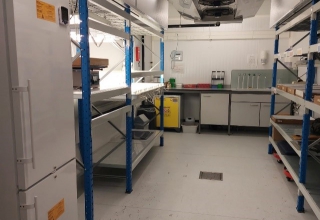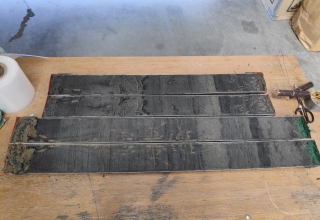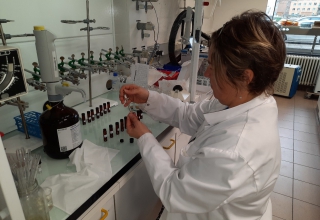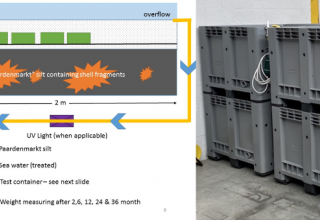Within DISARM, innovative approaches will be applied to generate new data on the distribution and effects of munition-related chemicals, ultimately resulting in a generic assessment of ecological and human health risk of these chemicals. For this, suitable testing facilities had to be developed taking into consideration safety and legislation information regarding the purchase, storage, working environment and disposal of subsequent waste, ensuring that all safety conditions are fulfilled to perform exposure experiments with the selected explosives, chemicals warfare agents and corresponding degradation products.





